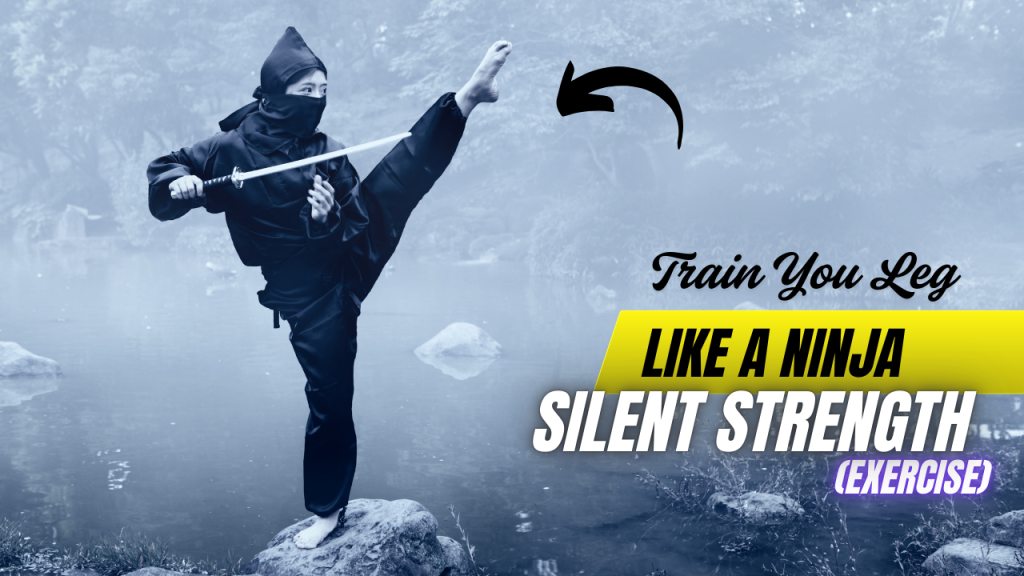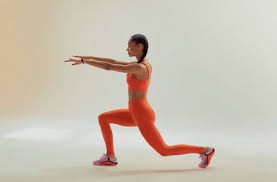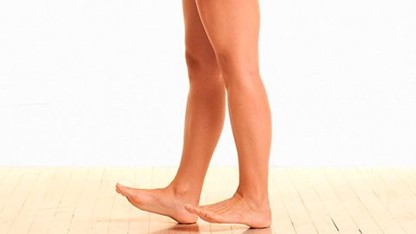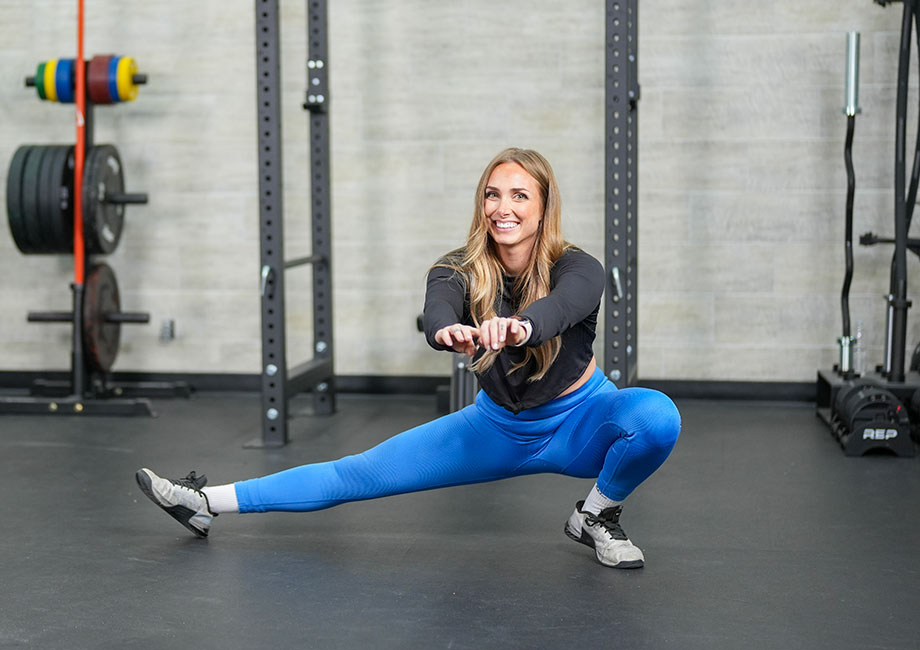Want Legs Strong Enough to Leap Walls and Silent Enough to Ghost Through a Forest?
Forget loud gym grunts and clunky weight stacks. Imagine training your legs to be powerful like a panther, yet quiet as a shadow. Ninjas mastered the art of combining strength with stealth, and their training wasn’t about show—it was about control, grace, and purpose.
In today’s world of noisy workouts and bulky machines, the ninja approach to leg training offers a refreshing, functional, and highly effective path to build strength, flexibility, and agility—all while moving with precision and silence.
Let’s dive into this ancient-meets-modern lower body training routine, focused on silent strength and stealth mobility.

What Can Happen After 30 Days of Leg Exercises?
| Week | Physical Changes | Mental/Health Benefits | Performance Improvements |
|---|---|---|---|
| Week 1 | Reduced muscle stiffness Better posture | Improved circulation Mood boost | Easier daily movements (stairs, walking) |
| Week 2 | Visible muscle tone Increased flexibility | Increased energy levels Better sleep | Enhanced balance and coordination |
| Week 3 | Stronger glutes, quads, hamstrings | Mental clarity Lower stress levels | Improved endurance and stability |
| Week 4 | Noticeable strength gains Fat loss | Boost in confidence Better hormonal balance | Faster reaction time Stronger core |
Why Train Like a Ninja?
Do You Know?
Ninjas (or shinobi) were trained to move across rooftops, climb trees silently, and run long distances without making a sound. Their strength wasn’t just brute—it was balanced, flexible, and fast.
Modern athletes, martial artists, and movement coaches now recognize the value of ninja-inspired training to:
- Increase body control
- Improve functional strength
- Build joint mobility
- Develop explosive yet silent power
Training like a ninja means training for real-life movement, not just aesthetics.
The Core Pillars of Ninja Leg Training
1. Stealth Strength
Focuses on controlled, isometric, and bodyweight resistance to build deep muscular endurance and strength.
2. Silent Mobility
Develops fluidity in motion, promoting better range of motion and joint health without stiffness or bulk.
3. Reactive Agility
Trains your body to react quickly, absorb impact silently, and remain light on your feet.
Silent Strength & Stealth Mobility Routine
Perform this routine 3–4 times a week. No weights needed. Just your body, breath, and control.
1. Shinobi Squats (3 sets of 10–12 reps)

How to: Squat slowly on a count of 5 seconds down, pause for 2 seconds at the bottom, and rise in 3 seconds.
Targets: Quads, glutes, calves, and core.
Why it’s ninja: Enhances control and muscular discipline—no bounce, no noise.
Myth Buster: “Deep squats are bad for your knees.”
Truth: Controlled deep squats, when done with proper form, actually strengthen knee joints and improve mobility.
2. Silent Step-Through Lunges (3 sets of 8 reps per leg)

How to: Step forward slowly, pause, and push back without sound. Alternate legs.
Targets: Quads, hamstrings, hip flexors.
Stealth tip: Don’t let your rear foot slap the ground—focus on soft, controlled transitions.
3. Wall Ninja Isometric Hold (3 rounds of 30–60 seconds)

How to: Sit against a wall at 90°, hands in front, breathe deeply.
Targets: Quads, calves, glutes, core.
Ninja-level challenge: Close your eyes and breathe silently through the discomfort.
4. Cat Step Balance Walk (2 minutes)

How to: Walk heel-to-toe slowly on an imaginary line, knees slightly bent, arms at side.
Targets: Ankle stabilizers, glutes, core, and foot control.
Why ninja: Improves balance, proprioception, and silent foot placement.
5. Deep Cossack Squats (3 sets of 5 per leg)

How to: Shift laterally into a deep side lunge, keeping the opposite leg straight.
Targets: Adductors, glutes, hamstrings, ankles.
Stealth skill: Keep movements smooth—no jerky transitions.
Interesting Fact: Cossack squats were common in both Eastern martial arts and Russian military training for developing lower body resilience and fluid mobility.
6. Ninja Jump & Stick (3 sets of 5 reps)

How to: Jump forward 2–3 feet and land silently—like a cat. Hold your landing for 3 seconds.
Targets: Fast-twitch muscles, glutes, calves, core.
Why ninja: Trains impact absorption, balance, and stealthy explosive power.
7. Floating Knee Circles (2 sets of 5 per direction per leg)

How to: Stand on one leg, raise the other knee, and make slow, controlled circles.
Targets: Hip flexors, stabilizers, ankle and core strength.
Why ninja: Boosts joint mobility and foot-rooting—key for agile movements.
Bonus: Ninja Cooldown Flow (5 Minutes)
End with these gentle, flowing movements to promote recovery and joint fluidity:
- Toe touches with deep breaths
- Low squat rocks
- Hamstring flossing
- Quad stretch holds
Do You Know?
Ninjas incorporated meditative stretching into their recovery—believing a quiet mind enhances physical reaction speed.
The Mindset Behind Silent Strength
This routine is not just about movement—it’s about awareness. Every rep is a moment of control. Every step is a lesson in precision.
By training silently, you eliminate wasted energy. You learn how your body moves, where your weaknesses lie, and how to move with purpose.
Train for Life, Not Just Looks
Modern fitness often overvalues aesthetics and overlooks functional capacity. Ninja leg training flips the script:
- You won’t just look strong—you’ll be strong.
- You won’t just stretch—you’ll flow.
- You won’t just move—you’ll move with meaning.
Final Thoughts: Step Into the Shadow
Whether you’re an athlete, martial artist, or simply someone who wants to train smarter, this ninja-inspired leg routine delivers more than muscle—it builds mastery.
Train like a ninja, and you’ll gain:
- Silent strength
- Mobile power
- Stealthy grace
All without needing machines, noise, or a crowd.
Now step into the shadow. Train with focus. Move with silence.
Frequently Asked Questions (FAQs)
Are leg exercises necessary if I already do cardio like walking or running?
Yes. While cardio activates your legs, it doesn’t provide the same strength-building, hormonal, or neurological benefits that resistance-based leg exercises do.
Can leg workouts improve posture and reduce back pain?
Definitely. Strengthening your glutes, hamstrings, and core through leg exercises helps stabilize your pelvis and spine — leading to better posture and reduced strain on the lower back.
Do leg exercises benefit heart health?
Yes. Compound leg movements improve circulation, lower blood pressure, and increase cardiovascular endurance — all of which are excellent for heart health.
Will leg workouts make my legs bulky?
Not necessarily. Bulkiness depends on factors like genetics, training volume, and diet. Most people will develop lean, toned legs — not excessive size — through regular training.
Can leg training improve flexibility and mobility?
Yes. Many leg exercises, especially full-range squats and lunges, enhance joint mobility and flexibility over time, reducing stiffness and improving movement efficiency.
Is leg training safe for older adults?
With proper form and supervision, leg exercises are not only safe but highly beneficial for older adults. They help prevent falls, support bone density, and maintain independence.
Why do I feel more tired after leg workouts compared to other workouts?
Leg exercises involve large muscle groups and multiple joints, which require more energy and oxygen. That’s why leg day often feels more exhausting — but also more rewarding.





